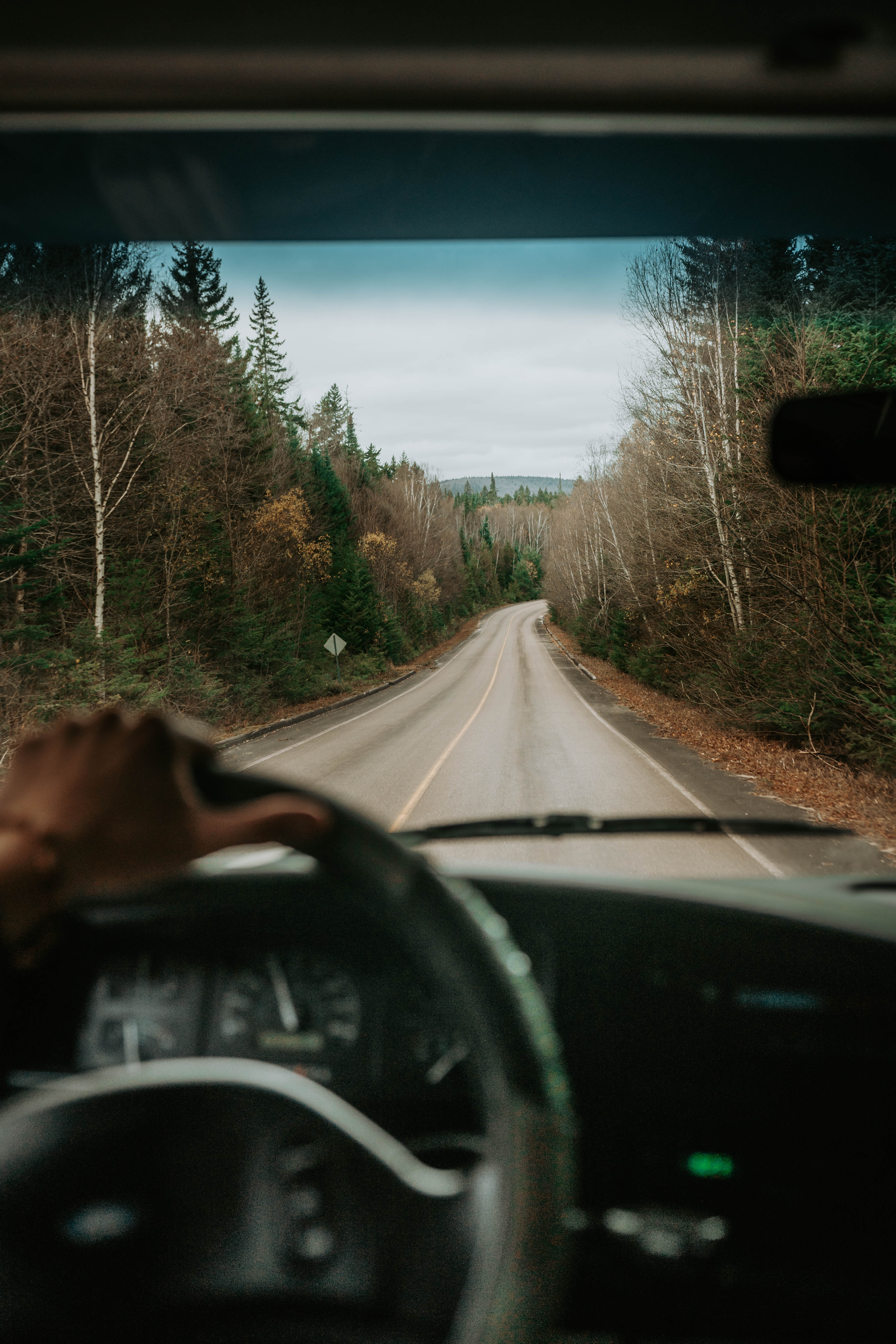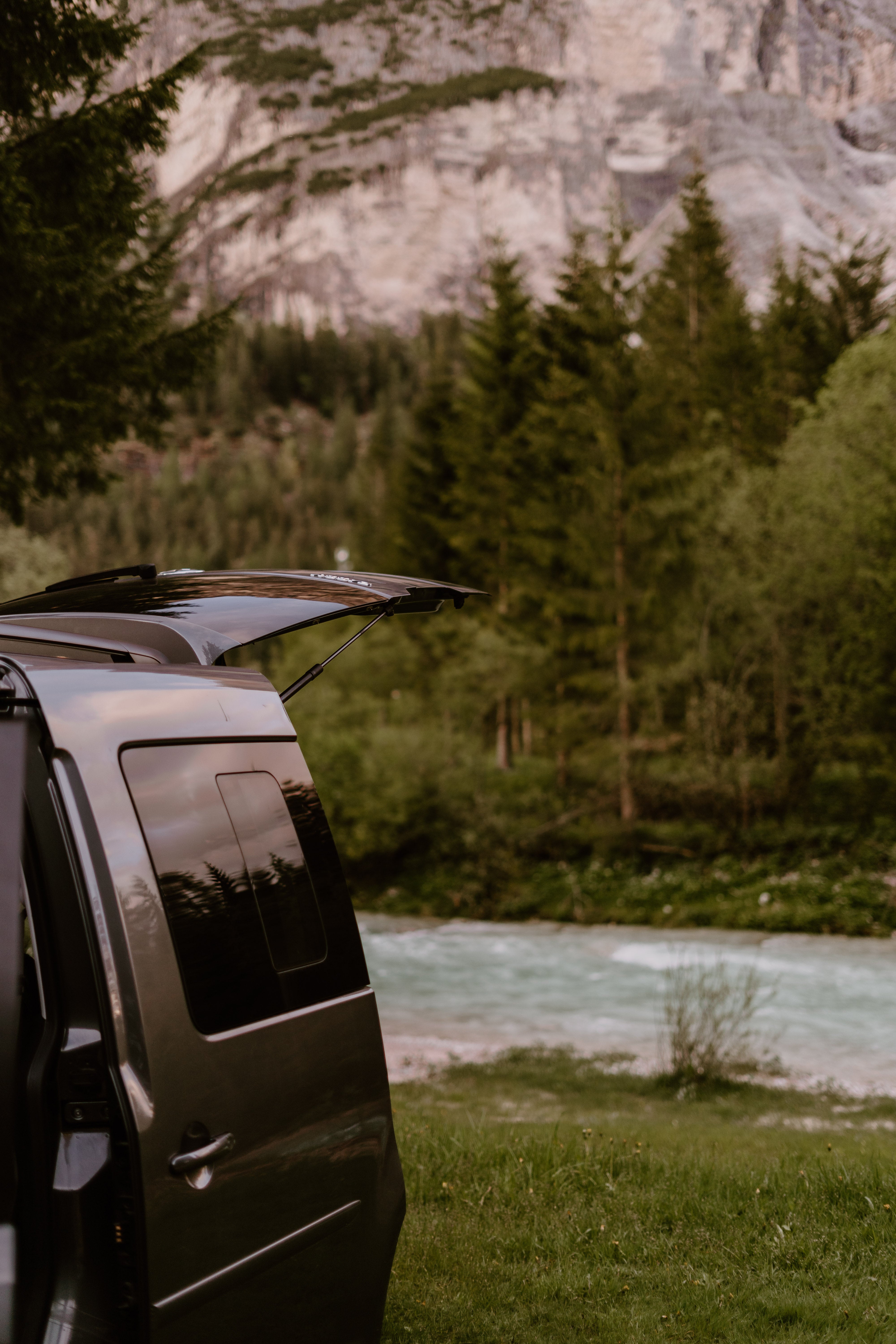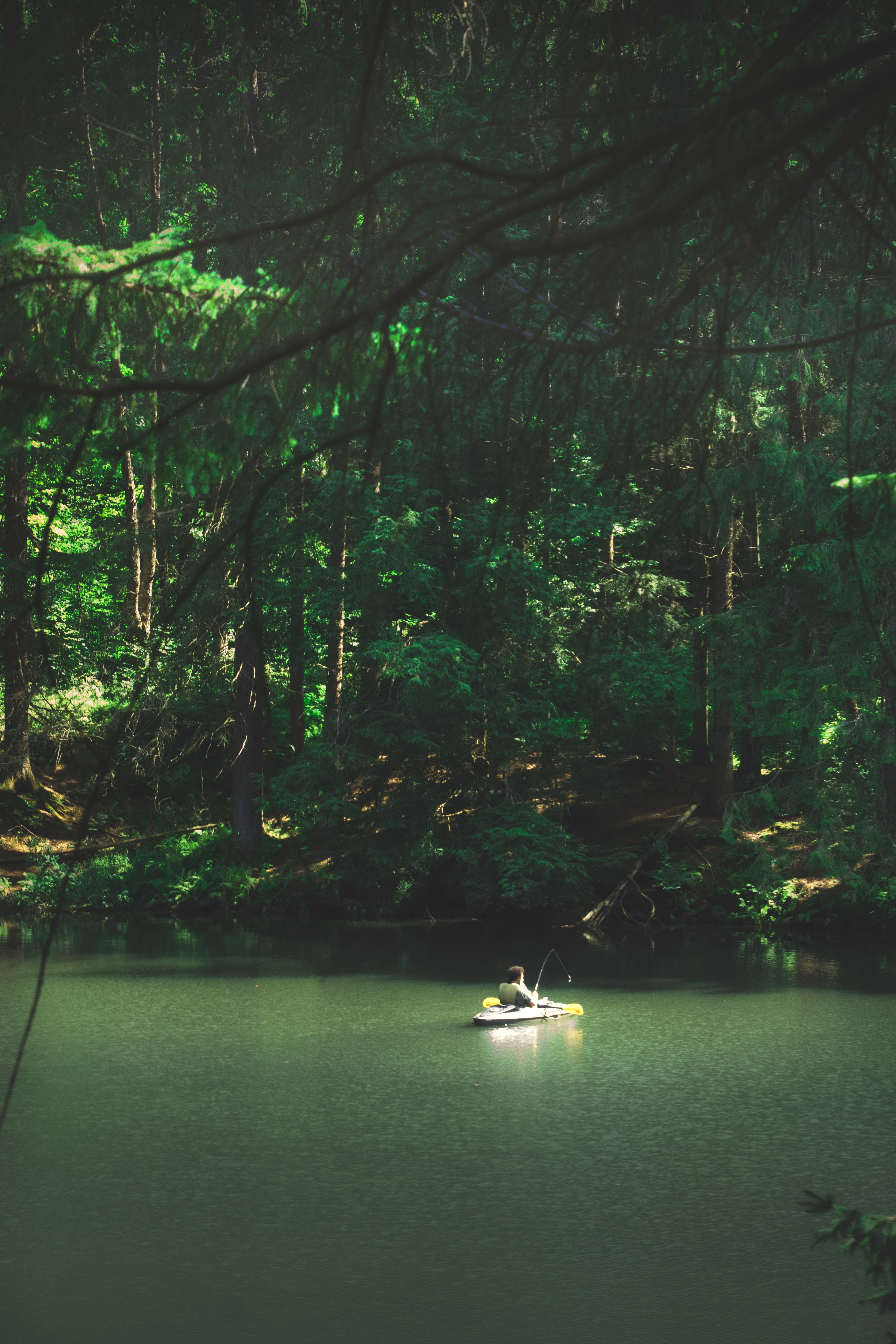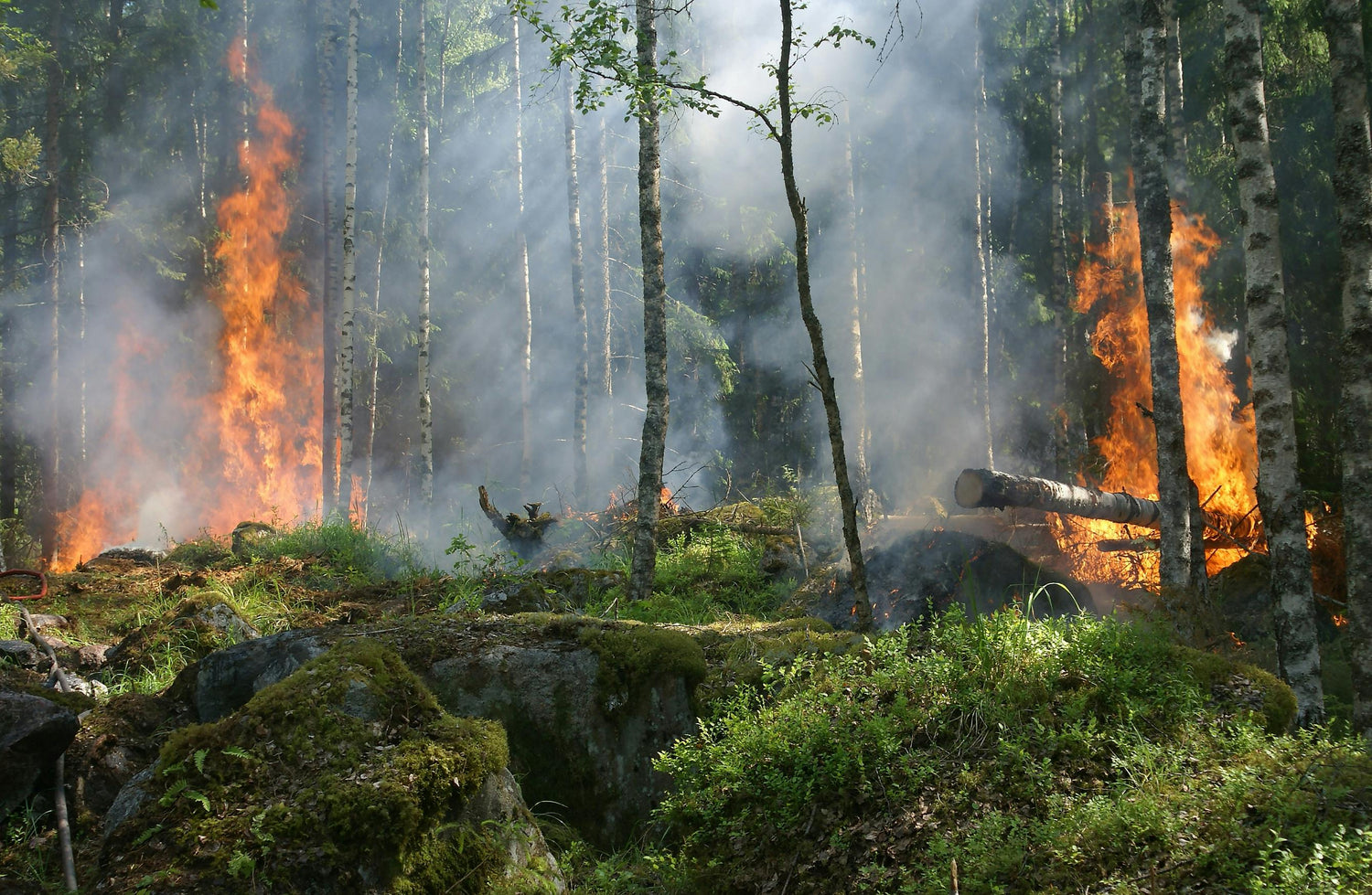In recent years, devastating wildfires have become an increasingly familiar headline across the United States, especially in the western regions. From California to Hawaii and the Pacific Northwest, the destructive power of wildfires continues to grow—both in frequency and intensity. In 2023 alone, wildfires consumed millions of acres of land, leaving behind ruined communities and displacing thousands of people. For instance, the tragic wildfire in Maui claimed lives, destroyed entire neighborhoods, and drew global attention to the scale of the crisis. Experts point to factors such as climate change, urban sprawl, and poor land management as contributors to these intense fires, which seem to strike with little warning.
Given the unpredictable and catastrophic nature of wildfires, preparing for such an event should be a priority for homeowners, especially those living in fire-prone areas. But even if you’re not in a high-risk zone, understanding fire preparedness can help you minimize risks and ensure the safety of your home and loved ones.
Understanding Fire Risk: The Growing Threat of Wildfires
The recent fires across the United States are not isolated incidents but part of a broader trend driven by climate change. Higher temperatures, prolonged droughts, and more extreme weather events have created the perfect conditions for wildfires to thrive. The National Interagency Fire Center (NIFC) reports that wildfire seasons are becoming longer, with more areas experiencing fires that once had minimal risk. These conditions create a double-edged sword: while fires can be devastating, we can take preventive measures to minimize the damage.
For instance, the 2023 wildfire season saw catastrophic fires in places like California, Oregon, and Washington, where dry conditions and vegetation fueled intense blazes. According to the NIFC, the 2023 wildfire season was one of the busiest on record, and nearly 80% of the wildfires were caused by human activity—whether through negligence, arson, or equipment failures.
Given these realities, it’s crucial to take a proactive approach to wildfire preparedness.
Preparing Your Home for Wildfires: Steps to Take Now
While you can’t control the weather or human negligence, there are numerous steps you can take to protect your home from wildfires. Fire-hardening your property should be a top priority for those living in areas with high wildfire risk. Here's how:
-
Install and Maintain Smoke Detectors
This might seem basic, but it’s one of the most important steps. A working smoke detector gives you the earliest possible warning to evacuate. Check smoke detectors monthly, replace the batteries annually, and consider installing smoke alarms in every bedroom and hallway. -
Clear Flammable Materials
In fire-prone areas, dry vegetation and debris can act as fuel for a wildfire. Keep gutters, decks, and eaves clear of leaves, branches, and other flammable material. Trim trees and bushes, and remove dead plants within at least 30 feet of your home. Store firewood, propane tanks, and other flammable objects far away from your house. -
Defensible Space
The National Fire Protection Association (NFPA) recommends creating a defensible space around your home—an area where vegetation is thinned out and trees are pruned. This space should extend at least 100 feet around your home. When choosing plants, opt for fire-resistant species that are less likely to ignite. -
Fire-Resistant Materials
Consider using fire-resistant materials for your roof, siding, and deck. Materials like metal or tile are much less flammable than wood or vinyl, reducing the risk of fire spreading to your home. -
Prepare Firefighting Equipment
Keep a shovel, rake, bucket, and hose with an adequate water source on hand. It’s also wise to store at least two fire extinguishers, one near the kitchen and one in an easily accessible location near the garage or workshop.
Create and Practice Your Fire Evacuation Plan
The key to surviving a fire, especially a fast-moving wildfire, is having a well-thought-out evacuation plan. Here are some guidelines to help you formulate one:
-
Evacuation Routes
Know at least two ways out of every room in your home. This is critical if a fire spreads quickly, and smoke or flames block one exit. Have multiple routes to escape your neighborhood or town if a wildfire is approaching. -
Designate a Safe Meeting Spot
Establish a safe meeting spot outside your home where all family members will gather if you get separated. This spot should be far enough away from the home to avoid the dangers of smoke or flames but close enough for everyone to reach easily. -
Pets and Livestock
Don’t forget your furry friends in your evacuation plan. Keep pet carriers or leashes readily available, and if you have farm animals, consider how you will safely transport them to a designated area. -
Practice, Practice, Practice
The Red Cross advises practicing your evacuation plan at least twice a year. The more familiar everyone is with the plan, the quicker and calmer the evacuation will be in an actual emergency.
Essential Emergency Supplies for a Fire
When a fire strikes, you may have little time to gather your belongings. Having an emergency kit ready to go can be a lifesaver. Below is a basic checklist for what your kit should include:
- Face masks or N95 respirators to protect against smoke inhalation.
- First-aid kit including necessary medications.
- Three-day supply of non-perishable food and water (one gallon per person per day).
- Flashlight with extra batteries.
- Portable phone charger.
- Map with evacuation routes marked.
- Important documents (insurance policies, IDs, medical records).
- Fireproof safe for irreplaceable items like family heirlooms or photos.
- Cash in case ATM systems go down.
Family Communication Plan
In an emergency, communication is critical. Mobile networks often become overloaded or even go down entirely during a disaster, so establish a communication plan beforehand. Identify a friend or relative outside of your area who will act as a central contact person. Ensure that all family members know how to reach them and that everyone can check in safely.
Additionally, if you live in an area with limited cellular reception, consider investing in two-way radios or satellite phones to maintain communication in case of evacuation.
Conclusion: Preparedness Is Key
Wildfires can be unpredictable and destructive, but being well-prepared can make all the difference. By taking the time now to create a fire-safe home, plan your evacuation routes, and assemble emergency supplies, you ensure that your family and property are better protected when disaster strikes. With fire seasons growing longer and more intense, it's never too early to prepare.
As President John F. Kennedy famously said, "The time to repair the roof is when the sun is shining." Taking action to prepare for a fire today could save lives tomorrow.
Sources & References:
- National Interagency Fire Center (NIFC). "2023 Wildfire Season Statistics." www.nifc.gov.
- National Fire Protection Association (NFPA). "Firewise USA: Creating Defensible Space Around Your Home." www.nfpa.org.
- U.S. Department of Agriculture Forest Service. "Wildfire Risk and Preparedness Guide." www.fs.usda.gov.
- American Red Cross. "Wildfire Safety Tips and Evacuation Plans." www.redcross.org.
By referencing these authoritative sources and drawing on the latest data, we can make informed decisions about fire preparedness and build a safer future for ourselves and our communities.







Leave a comment
This site is protected by hCaptcha and the hCaptcha Privacy Policy and Terms of Service apply.